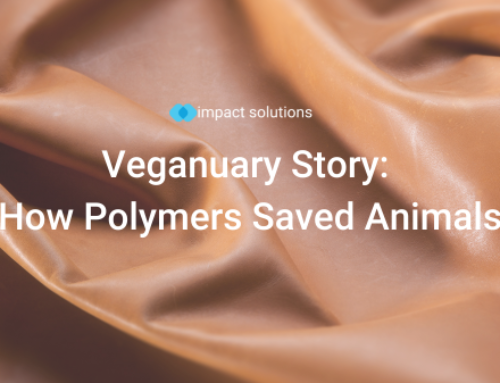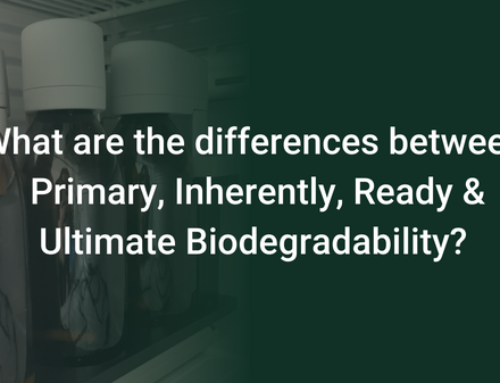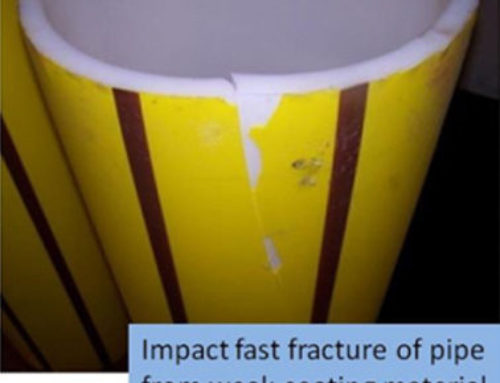Is a real or artificial Christmas tree more environmentally friendly?
There is a lot of debate on whether or not you should be buying a real or artificial Christmas tree this Christmas. Really, it comes down to preference. While both have their flaws, used correctly, they can have a very similar impact on the environment.
There are many factors that are dependent for determining the carbon footprint of both real and artificial trees. This helps to come to a conclusion on which is the best to buy for value.
Where you get your tree is a big part of whether or not your carbon footprint will go up. Buying a real tree, you may think it’s better for the environment, but if the tree has been imported, transit can largely increase the carbon emissions attached to your tree. This is why it is advised that if you do choose a real tree, it’s best to try and source it locally. On top of reducing carbon emissions, it helps to support local businesses.
Another thing to consider is the disposal of the tree. The most common ways to dispose of the tree once the festivities are over, is to send them to landfill or to burn them. Landfill has a much higher carbon footprint than burning. Burning the tree produces the least amount of carbon dioxide, if the tree isn’t intended to be reused.
How can you reuse a real Christmas tree?
Getting a potted tree with roots, allows you to replant it and use it year after year. It also helps reduce carbon emissions by absorbing carbon dioxide from the environment and when completely done being used as a Christmas tree, can be planted in your garden, where it can thrive. To do this, the user would need to ensure that it had roots and was fit for the intended purpose of being replanted. If sourced locally, this could be a very appealing option to reducing the carbon footprint of the tree, without having to go without one.
Are fake Christmas trees bad?
The short answer? No. An artificial tree has its pros and cons, just like a real tree. Again, transit of the tree is something to consider. While looking at the carbon emission for a fake tree, something to note is that the carbon footprint for a fake tree, is 10 times more than that of a real tree that is burnt at the end of its life. An artificial tree is intended for reuse, so whether or not it ends up with the same carbon footprint as buying a real tree every year, is dependent on the user. For example, if a fake tree was bought once and used over 10 years, it would end up with the same carbon footprint as buying a new tree every year and burning it on a bonfire. With how artificial trees are now designed, making one last 10 years can be possible, if it is of the right quality.
So, which is better?
If you were to pick between the two, a real or artificial Christmas tree, it all comes down to the user. The most common ways of obtaining and disposing of a real tree vs the reusability of a fake tree, either can be as eco-friendly as the other.
At Impact Solutions, we provide a wide range of testing. If you’re interested in any of our services, contact us here.
For more information on our testing capabilities, be sure to follow us on Twitter, Facebook and LinkedIn.



